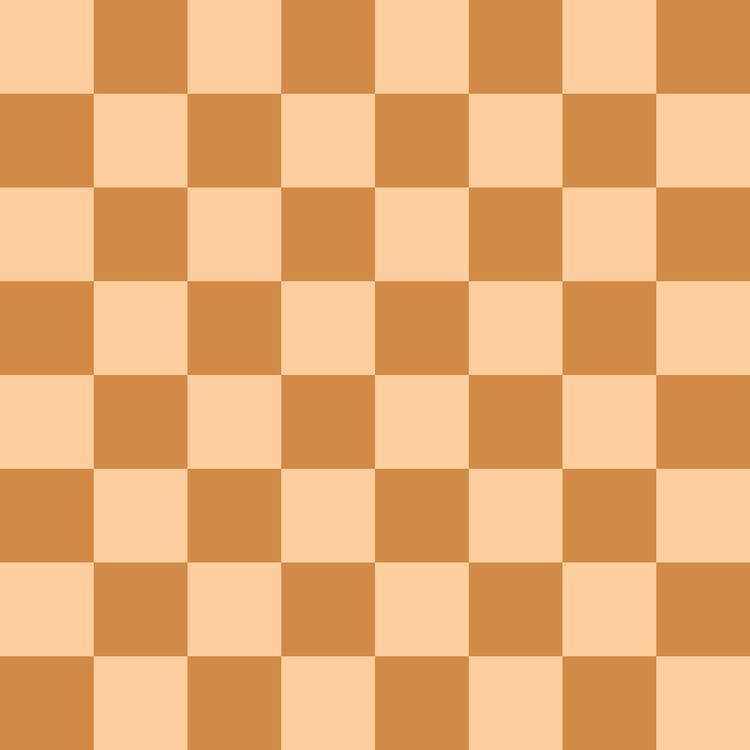 | ||
Luft, the German word for "air" (sometimes also "space" or "breath"), is used by some chess writers and commentators to denote a space or square left by a pawn move into which a castled king may move, especially such a space made with the intention of avoiding a back rank checkmate. A move leaving such a space is often said to "give the king some luft".
A simplified example is seen to the right. Black is threatening checkmate with the simple 1...Re1# and White must deal with this threat. The right thing to do is to give the king some luft by moving a pawn on the g or h file: 1.g3, 1.g4, 1.h3, and 1.h4 will all avoid immediate checkmate. After each, 1...Re1+ can be simply met with 2.Kg2 or 2.Kh2.
It is usually better to move the h-pawn (or the a-pawn if the king is on the queenside) because moving the f-pawn can weaken the king's position and moving the g-pawn creates holes at f3 and h3 (or f6 and h6 for Black on the kingside). In the diagram, Black has a weak luft because of the holes on a6 and c6; White has a strong luft, without holes (Evans 1958:52–53).
A luft square for a king can be "plugged up" by placing the square in check (under possible attack) by an opposing piece such as a bishop, queen, pawn, or possibly knight. Then, the said king cannot move into the luft square in check, leaving it still vulnerable to a back rank mate.
